- Wearable Technology: From Fitbit to Whoop, discover how real-time data on heart rate and sleep patterns helps athletes optimize performance and prevent injuries.
- Virtual and Augmented Reality (VR/AR): See how the NBA’s AR app and VR training simulators are revolutionizing sports training and enhancing fan engagement.
- Smart Equipment: Learn about sensor-embedded balls and bats like the Blast Motion bat sensor, transforming training sessions with real-time feedback on swing metrics.

The world of sports has always been a fertile ground for technological innovation. From the early days of rudimentary equipment to today’s cutting-edge technology, advancements in sports technology have consistently pushed the boundaries of human performance and fan engagement. Here, we dive into the top 10 innovations that have revolutionized the sports industry, making it more exciting, efficient, and inclusive.
1. Wearable Technology
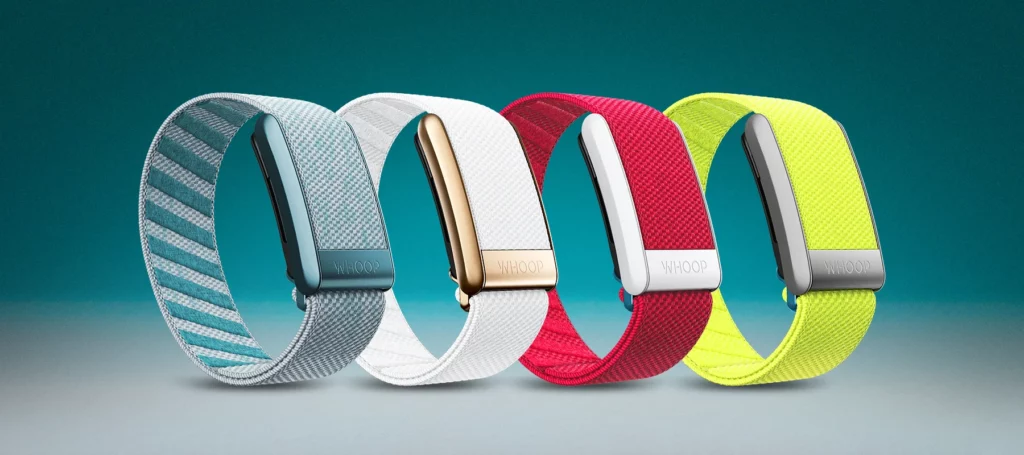
Wearable technology has transformed how athletes train and compete. Devices like Fitbit, Garmin, and Whoop provide real-time data on heart rate, sleep patterns, and physical activity, helping athletes optimize their performance and prevent injuries. For example, the Whoop strap is popular among professional athletes for its advanced analytics and recovery recommendations. Wearables have not only enhanced individual performance but have also become crucial tools for coaches and trainers to monitor the health and readiness of their teams .
2. Hawk-Eye Technology

Hawk-Eye is a computer vision system used in various sports to track the trajectory of balls and provide precise decision-making information. It has become indispensable in sports like tennis, cricket, and soccer. In tennis, Hawk-Eye’s accuracy and reliability have led to the introduction of electronic line calling, reducing human error and increasing the fairness of the game. Its adoption in cricket for reviewing on-field decisions has similarly revolutionized the sport .
3. Virtual and Augmented Reality (VR/AR)
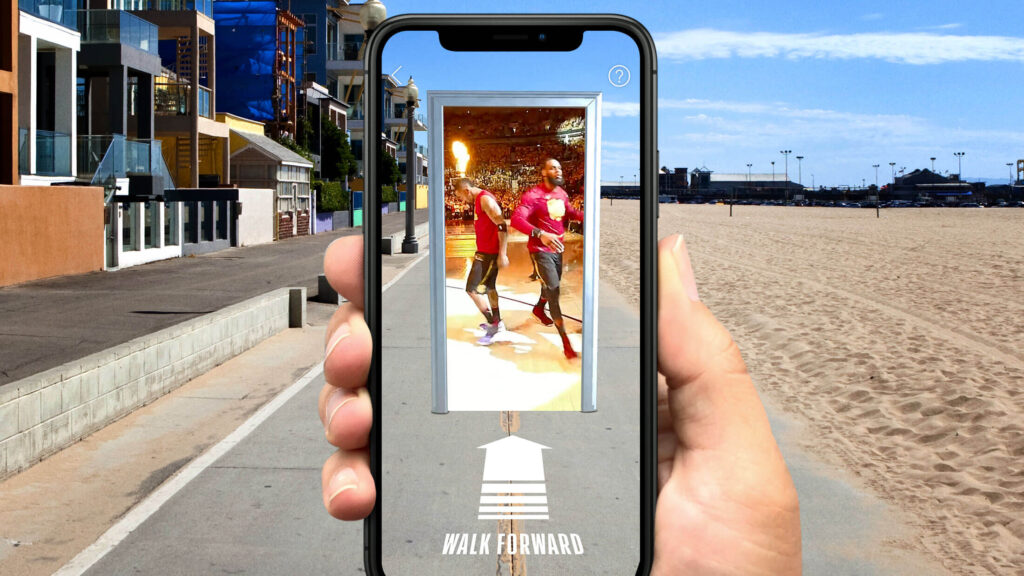
Virtual and augmented reality have opened new dimensions in sports training and fan engagement. VR allows athletes to simulate game situations, providing a risk-free environment to hone their skills. For fans, AR enhances the viewing experience by overlaying real-time statistics and interactive elements onto live broadcasts. The NBA has embraced AR through its app, which offers fans an immersive experience by providing in-depth player stats and replays .
4. Biomechanical Analysis
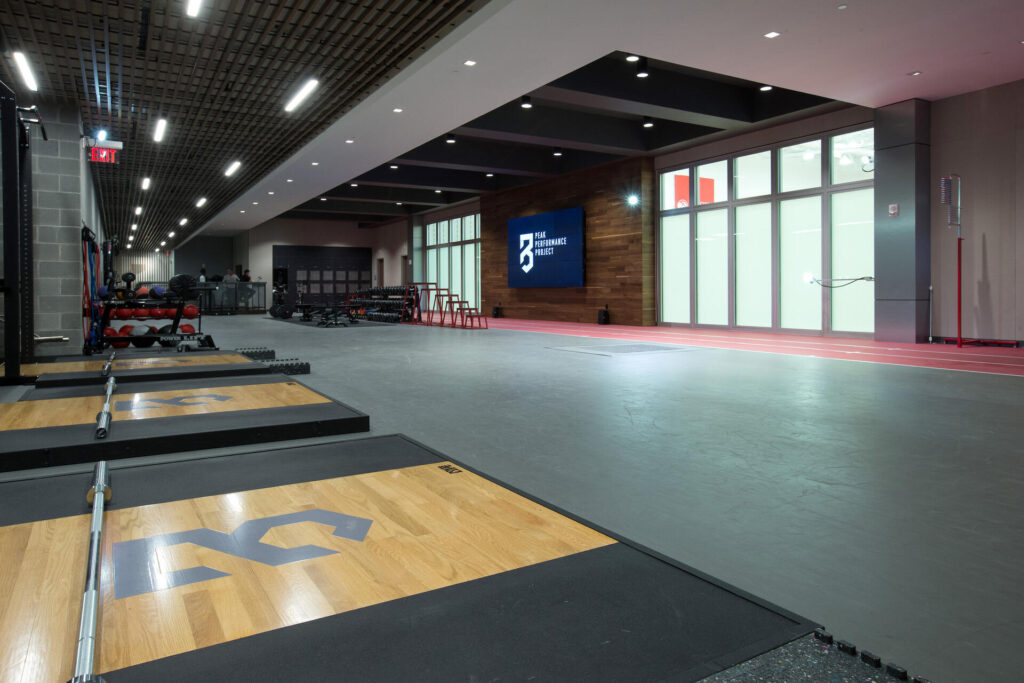
Biomechanical analysis uses motion capture and advanced software to study athletes’ movements. This technology helps identify inefficiencies and potential injury risks, enabling personalized training programs. For example, P3 (Peak Performance Project) uses biomechanical analysis to evaluate NBA players’ movements and design specific training regimens to enhance their performance and reduce injury risks .
5. Smart Equipment
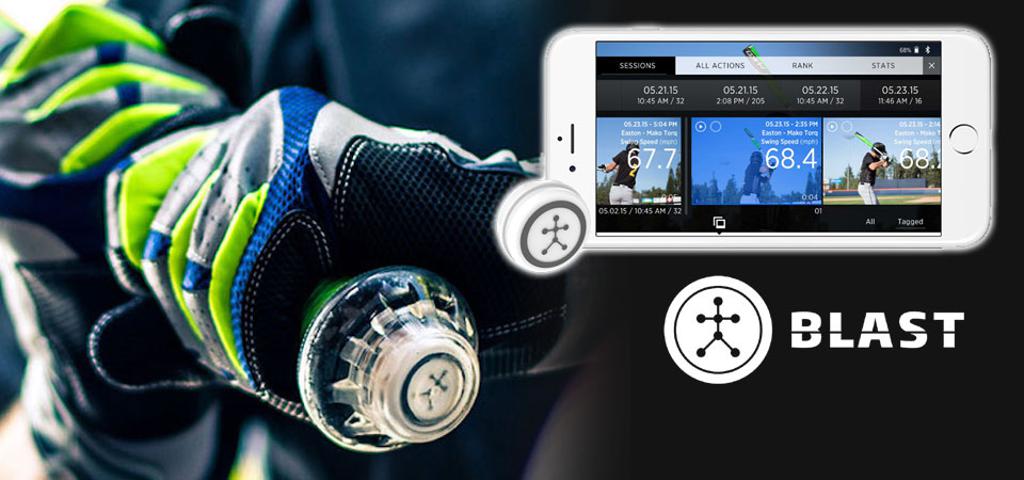
The advent of smart equipment, such as sensor-embedded balls, bats, and rackets, has revolutionized sports training. These devices provide real-time feedback on various metrics like speed, spin, and impact force. In baseball, the Blast Motion bat sensor captures swing metrics, helping players and coaches analyze and improve their performance. Similarly, smart soccer balls like the Adidas miCoach provide data on kick power and trajectory, transforming training sessions into data-driven exercises .
6. Advanced Sports Analytics
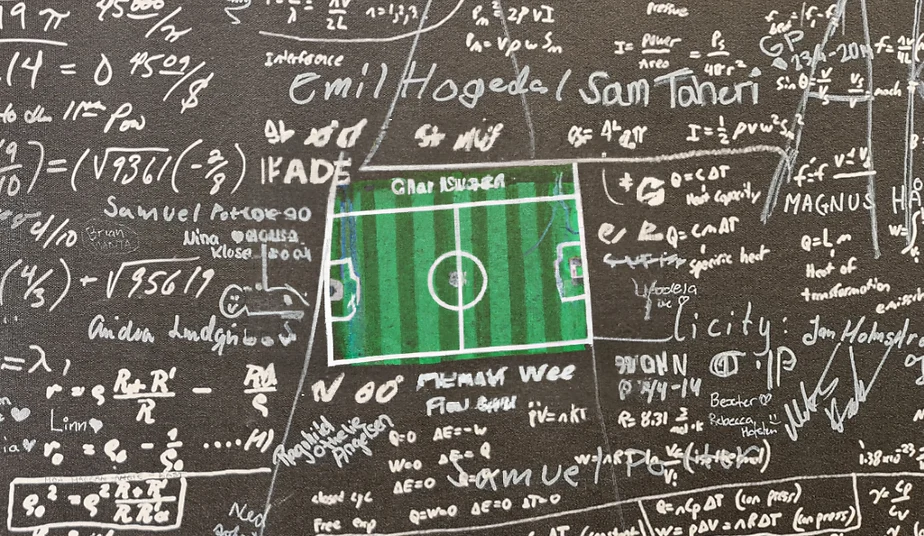
Data analytics has become a cornerstone of modern sports. By analyzing vast amounts of data, teams can make informed decisions about player performance, game strategy, and even injury prevention. The use of analytics in baseball, often referred to as sabermetrics, has been popularized by the book and movie “Moneyball.” Teams across various sports now employ data scientists to gain competitive edges. For instance, NBA teams use player tracking data to optimize lineups and strategies, enhancing overall team performance .
7. Genetic Testing

Genetic testing is becoming increasingly popular in sports for identifying potential health risks and optimizing training programs. By understanding an athlete’s genetic predispositions, trainers can create personalized nutrition and workout plans to maximize performance and minimize injury risk. Companies like 23andMe and DNAfit offer genetic testing kits that provide insights into various traits related to fitness and health, empowering athletes to tailor their training regimens accordingly .
8. Hydration Monitoring Systems
Proper hydration is critical for athletic performance, and innovative hydration monitoring systems are helping athletes maintain optimal fluid levels. Devices like the LVL hydration monitor not only track hydration levels but also provide real-time feedback and personalized recommendations. These systems use sensors to measure hydration, heart rate, and physical activity, ensuring athletes stay hydrated and perform at their best during training and competition .
9. Injury Rehabilitation Technologies

Advancements in injury rehabilitation technologies have significantly improved recovery times and outcomes for athletes. Techniques such as cryotherapy, hydrotherapy, and the use of hyperbaric oxygen chambers help speed up the healing process. Additionally, wearable rehabilitation devices like the NormaTec recovery system use pneumatic compression to reduce muscle soreness and enhance recovery, allowing athletes to return to peak performance more quickly .
10. Drones in Sports
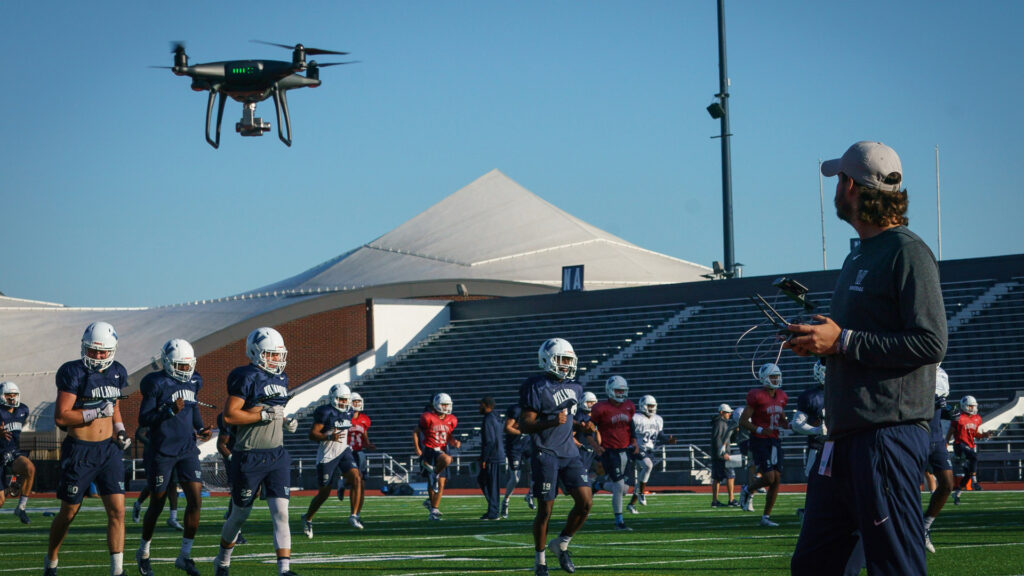
Drones have found diverse applications in sports, from broadcasting and filming to training and strategy analysis. In broadcasting, drones provide unique aerial views and dynamic footage, enhancing the viewer experience. For training, drones can capture comprehensive field perspectives, allowing coaches to analyze formations and strategies more effectively. The use of drones in sports is expanding, offering new opportunities for innovation and performance improvement .
Conclusion
The continuous evolution of technology in sports is transforming how athletes train, compete, and recover. From wearable devices that monitor performance to advanced analytics that inform strategic decisions, these innovations are making sports more exciting and inclusive for everyone involved. As technology continues to advance, we can expect even more groundbreaking developments that will further revolutionize the world of sports.
Sources: Whoop Strap Analysis, Hawk-Eye Innovations, NBA AR App, P3 Biomechanical Analysis, Blast Motion, Moneyball and Advanced Analytics, Genetic Testing for Athletes, LVL Hydration Monitor, NormaTec Recovery System, Drones in Sports